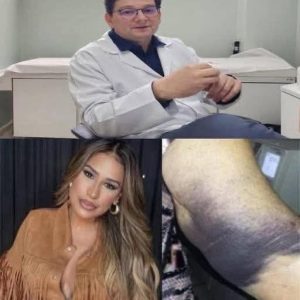Chin pimples commonly stem from a blend of hormonal fluctuations, lifestyle habits, and skincare routines. Hormonal acne is particularly frequent in the chin and jawline region—especially for adults—because androgen hormones can overstimulate oil production in the sebaceous glands, leading to clogged pores and deeper, often cystic breakouts. For example, women with Polycystic Ovary Syndrome (PCOS) are more susceptible to persistent chin acne due to elevated androgen levels.
Diet and lifestyle factors also play key roles. High intakes of sugar, dairy, and refined carbs can raise insulin and cortisol levels, which in turn boost oil production and inflammation in the skin. Poor skincare routines—like using heavy, pore‑clogging products, failing to remove makeup, over‑exfoliating, or overwashing—can disrupt the skin barrier and exacerbate breakouts. External factors such as constant chin‑touching, dirty phones, contaminated pillowcases, friction from masks or helmets, and environmental pollutants can transfer bacteria or trap oil, triggering or worsening pimples.
Since chin and jawline acne often involves internal triggers (especially hormones) in addition to surface ones, treating it effectively usually requires a combined approach. Dermatologists typically recommend skincare basics like gentle non‑comedogenic cleansers, benzoyl peroxide or salicylic acid spot treatments for mild flare‑ups, and lifestyle changes including stress reduction, improved sleep, and healthy diet. For deeper, more persistent breakouts, especially those that appear cyclically or are painful and cystic, professionals may suggest hormonal interventions (e.g., spironolactone in women), oral medications, or in‑office procedures like chemical peels or steroid injections.
If chin acne repeatedly occurs in the same spot, leaves scars, or doesn’t respond to over‑the‑counter measures, it’s wise to consult a dermatologist. They can evaluate for underlying issues (such as PCOS, insulin resistance, or medication‑induced acne) and recommend a tailored treatment plan.
In summary: while identical for everyone, chin‑area acne often points to hormonal shifts plus lifestyle and product triggers. A consistent routine, mindful diet, skincare hygiene, and professional support when needed can go a long way toward controlling these persistent pimples.




